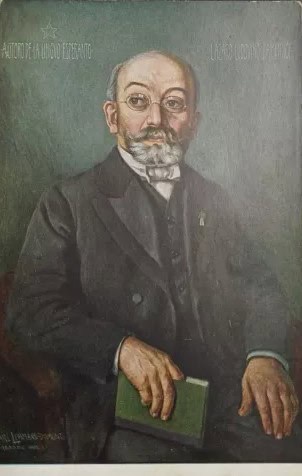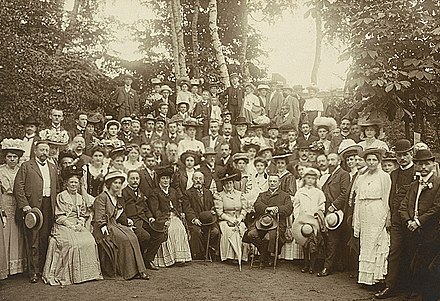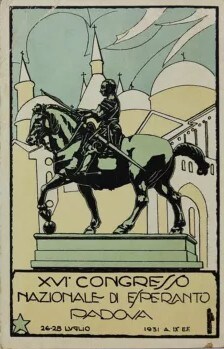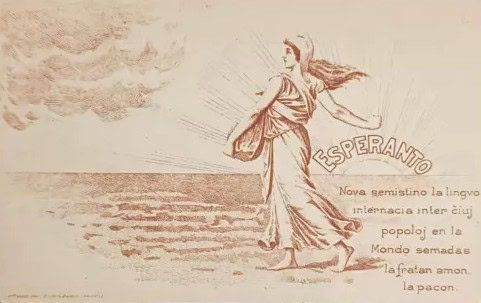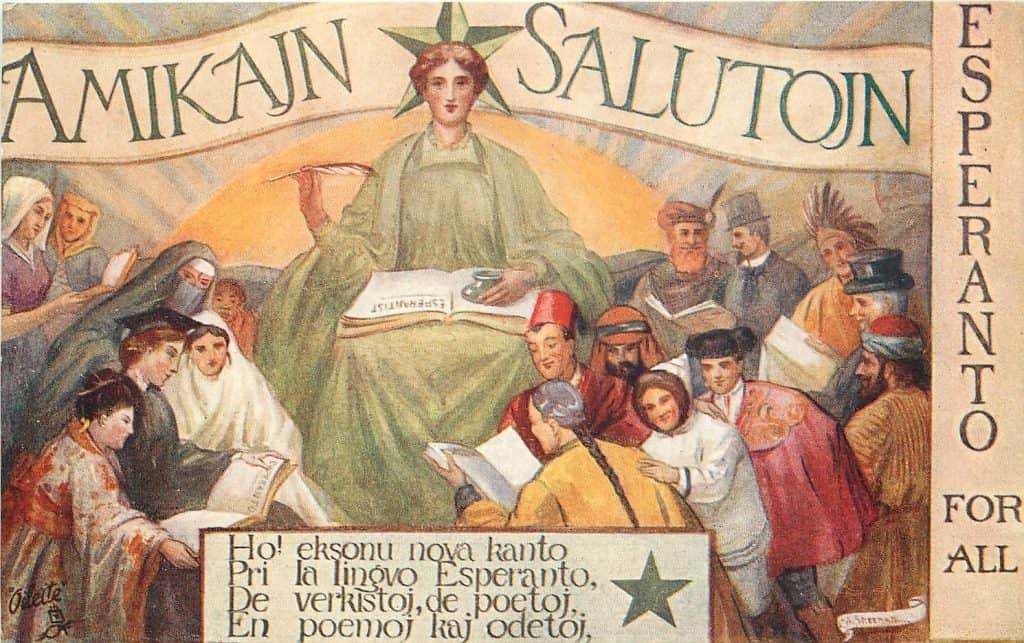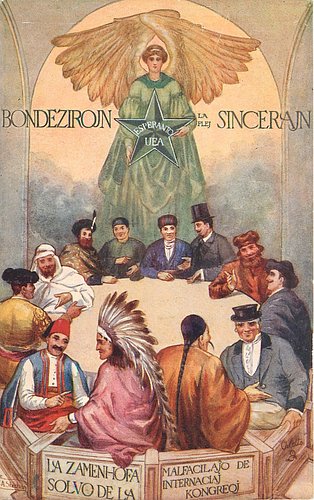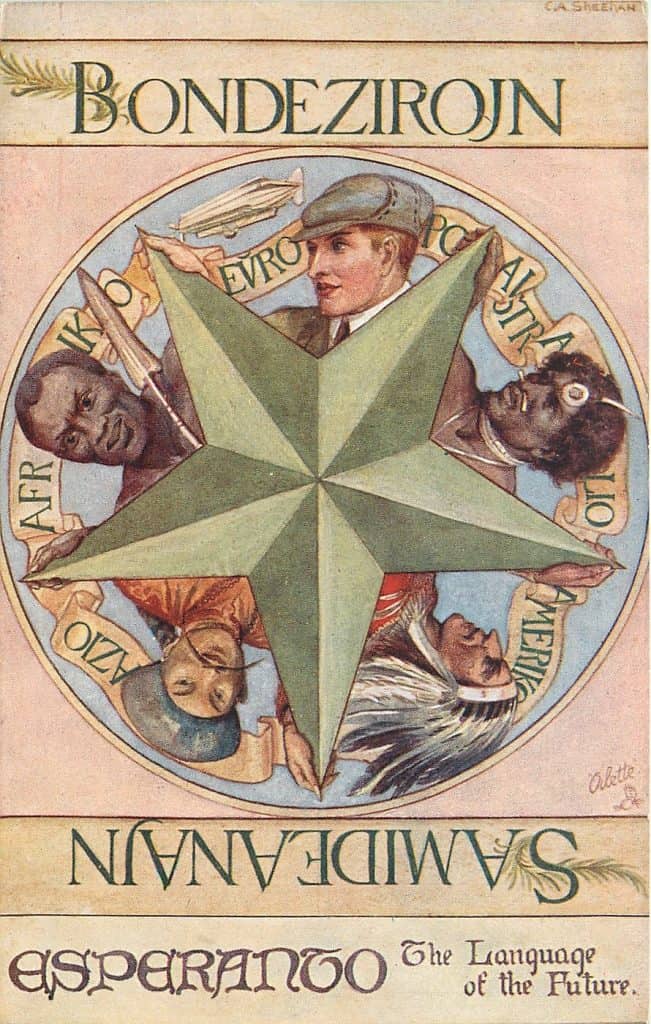Marsh reports European rates down but only region where softening slowed
Property rates finally begin to fall

Insurance rates fell in Europe for the second consecutive quarter but were down just 1% from 2% in the prior period, with the continent seeing the smallest decline of all global regions along with the US, reports Marsh. Its figures show that European property rates fell into negative territory for the first time in 16 quarters, but casualty rates rose.
With larger falls in all other regions peaking at 8% in the Pacific, global average rate decreases improved to 3% in the last quarter from 2% in Q4 2024, according to Marsh’s Global Insurance Market Index.


European property rates were down 1% in Q1 after flattening at the end of last year. This marks the first fall in the cost of European commercial property insurance for 16 quarters included in the index, driven by insurer competition, Marsh said.
“Larger organisations generally experienced more favourable [property] pricing compared to the middle market, despite increased appetite from insurers for middle market companies,” Marsh said. It added that long-term agreements were commonly available as insurers sought retention and growth.
European property rates joined the global softening trend, which has been in negative territory since Q3 2024 and accelerated to 6% in Q1 2025.
Marsh said cyber clauses in the property line remained a key discussion point with underwriters in Europe. Economic and political pressures in major European countries negatively affected certain industries, which led to decreased business interruption values, particularly in the automotive sector, it added.

European casualty rates were up 2% in Marsh’s Q1 2025 index. This comes after rate increases slowed across the previous four quarters to flatten in Q4 2024. Marsh said that the return to casualty rate increases was driven by general liability clients with US exposure and shifts in workers’ compensation/employers’ liability in larger markets like Belgium and Italy.
“Most European organisations without US exposure renewed at flat rates due to increased competition and insurer growth targets,” Marsh explained, noting the introduction of some exclusionary wording for biometric data in casualty covers.

European financial and professional rates fell 6% in Q1 from down 7% in the previous two quarters, with more significant reductions in excess layers. Capacity from new entrants and established players exceeded demand, and about 80% of D&O benefitted from rate decreases, Marsh said.
It said that the professional indemnity market remained fragmented, with overall rate decreases generally less than in D&O, with small increases for some.
Rates for European cyber buyers fell by 10%, above the global average of 6%, driven by insurer competition and high growth targets, with the middle market significantly more competitive, Marsh said.
“Clients trended toward purchasing higher limits as they benefitted from favourable market conditions,” it explained. “Restrictions often were eliminated, and insurers broadened coverage with additional industry-specific extensions and innovative solutions.”

